Have you ever stumbled upon a cluster of multitudinous white orbs in your garden or aquarium and wondered, “What are these?” Well, my friends, you’ve unearthed the mysterious world of snail eggs! Let’s take a captivating plunge into the fascinating lifecycle of snails and their remarkable reproduction capabilities.
An Overview of Snails and Their Eggs
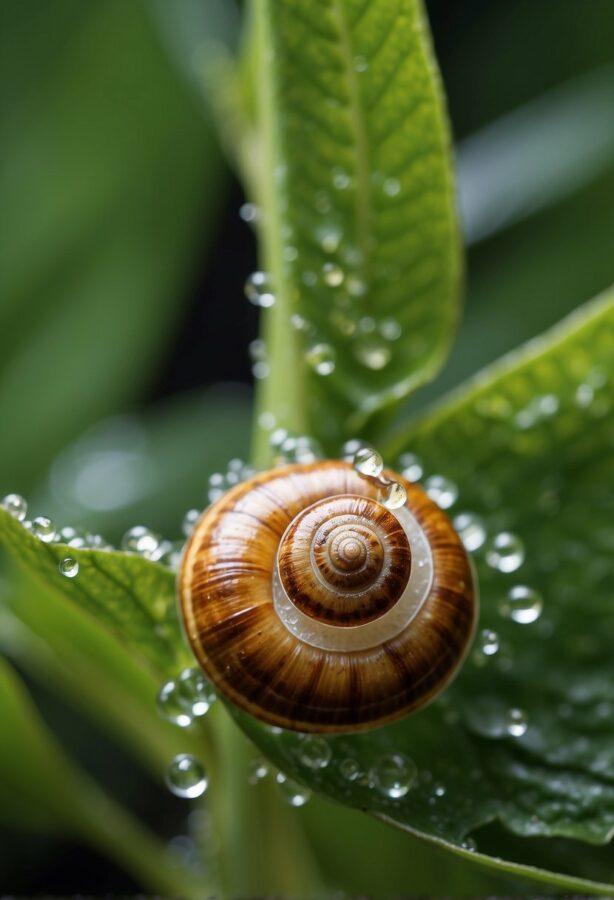
Found in saltwater, freshwater, and land, snails are quite versatile creatures. They can range dramatically in size, from tiny ones observed in home aquariums to gigantic land snails in Africa. But the subject of our interest is the intriguing aspect of their reproduction – the eggs.
Solving the Mystery of Land and Water Snail Eggs
The Story of Land Snail Eggs
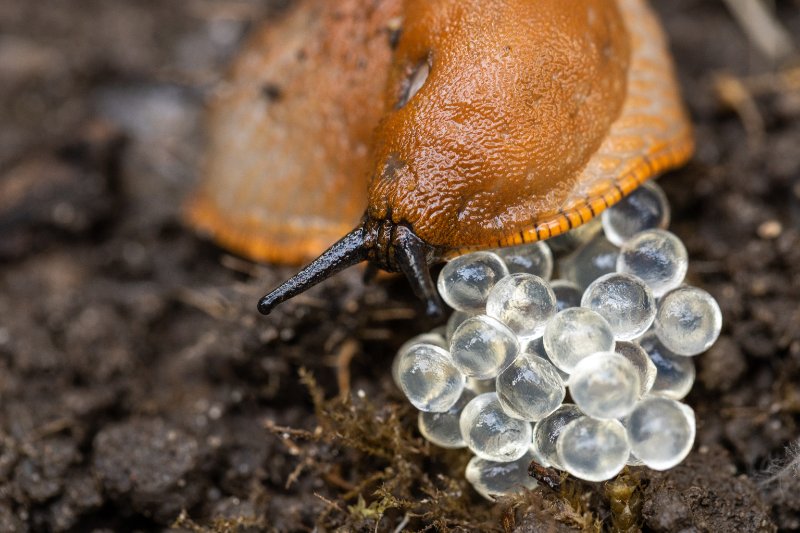
Land snails lay eggs that appear as tiny yellow or white spheres, usually buried in the soil to retain moisture. Spotting them signifies the presence of these creatures in your garden. Now, whether that’s good or bad news depends on your viewpoint.
Water Snails – A Different Scenario
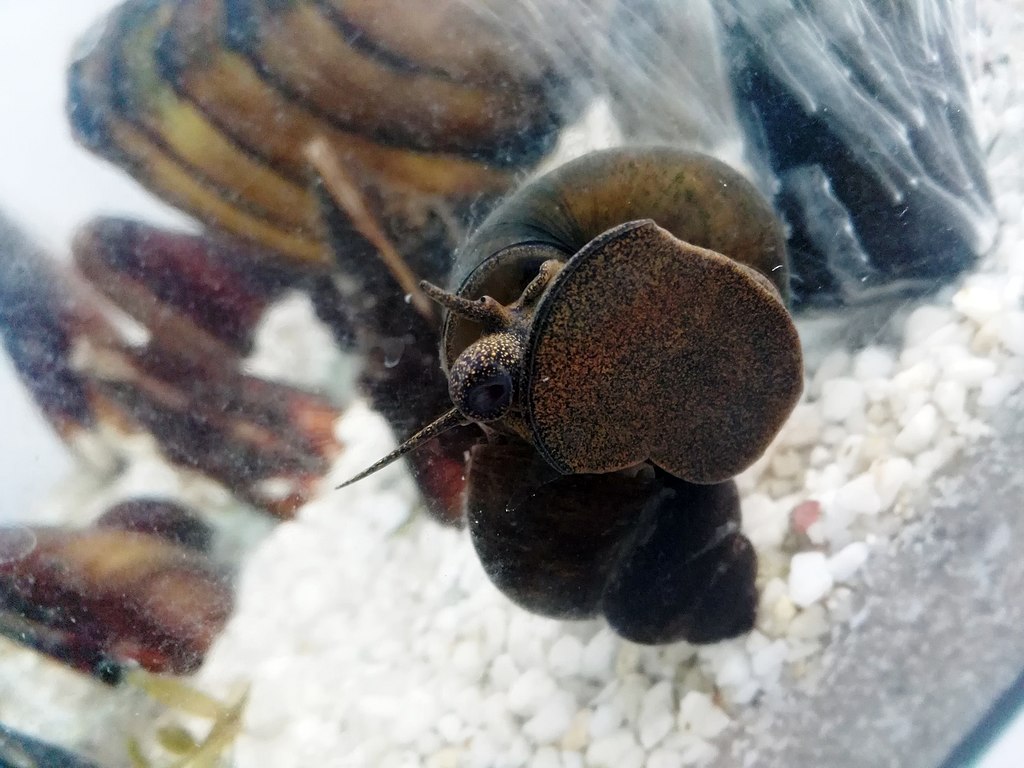
In ponds and aquariums, snails play a crucial role in maintaining cleanliness as they feed on algae and fish waste, aside from plant life. Unlike their land counterparts capable of self-reproduction, most freshwater snails need a partner to proliferate.
These snails can be tremendous breeders if a pair is present, sometimes outperforming rabbits in their breeding capacity. But here’s a word of caution: their excessive breeding might not always be a celebratory event.
Battling Snail Infestations: Unwanted Snail Eggs Invasion
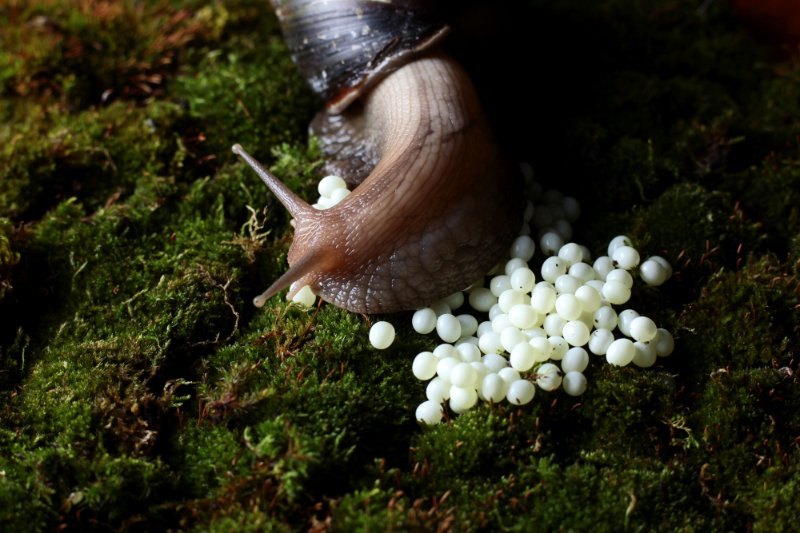
Sudden snail infestations in aquariums often occur due to accidental introduction of these uninvited guests. A mere addition of an ornament, plant, or gravel from another source hosting snail eggs can trigger it. These tiny orbs, hidden beneath the surface, unleash an army of snails in just a few days.
While fascinating, an infestation can be challenging to uproot. In severe cases, replacing or meticulously cleaning all aquarium objects might be the only solution.
Apple Snail Eggs: Welcomed Guests
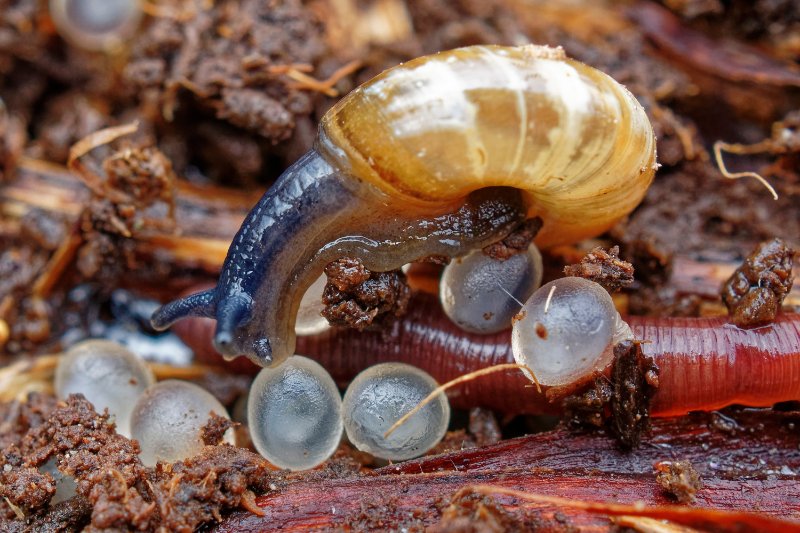
But not all snail eggs are unwelcome. Apple snail eggs, for instance, are often welcome visitors in many aquariums and small ponds. Aquarium enthusiasts might even encourage their breeding and actively incubate their eggs. These snails lay their eggs above the water line – a spectacle one can observe on the side of an aquarium tank or underneath the lid.
Conclusion
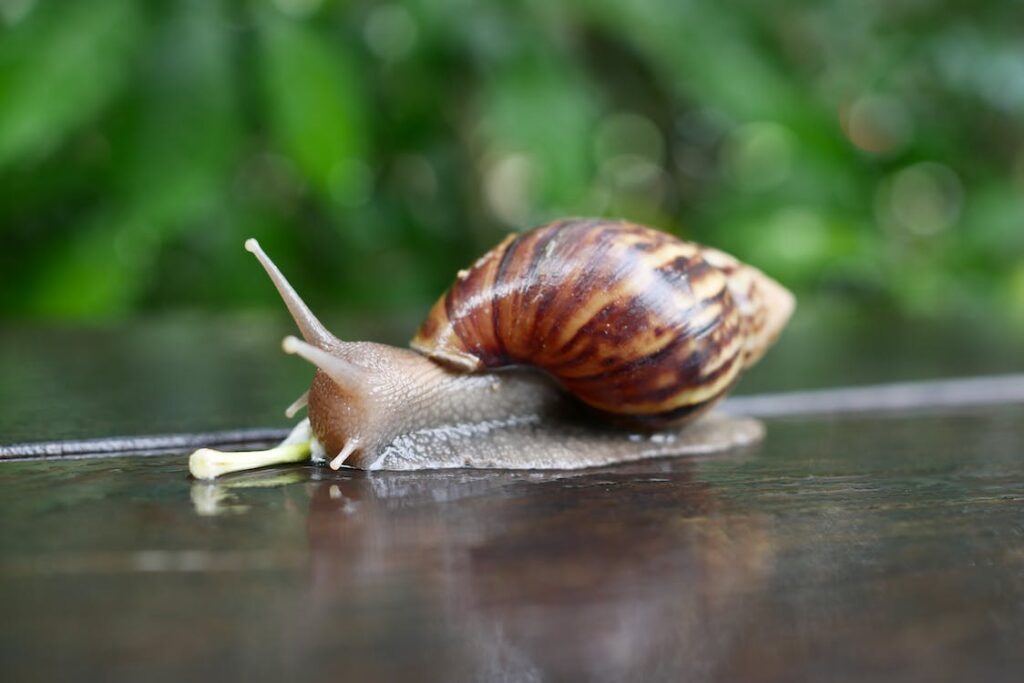
Residing in the fascinating crossroads of ‘welcome visitors’ and ‘unwanted guests’, snail eggs thrive in varied circumstances. From garden soil to aquarium corners, their presence demands attention. Whether you are excited about nurturing a brood of apple snails or planning to evict a surprise infestation, the world of snail eggs is filled with endless surprises.